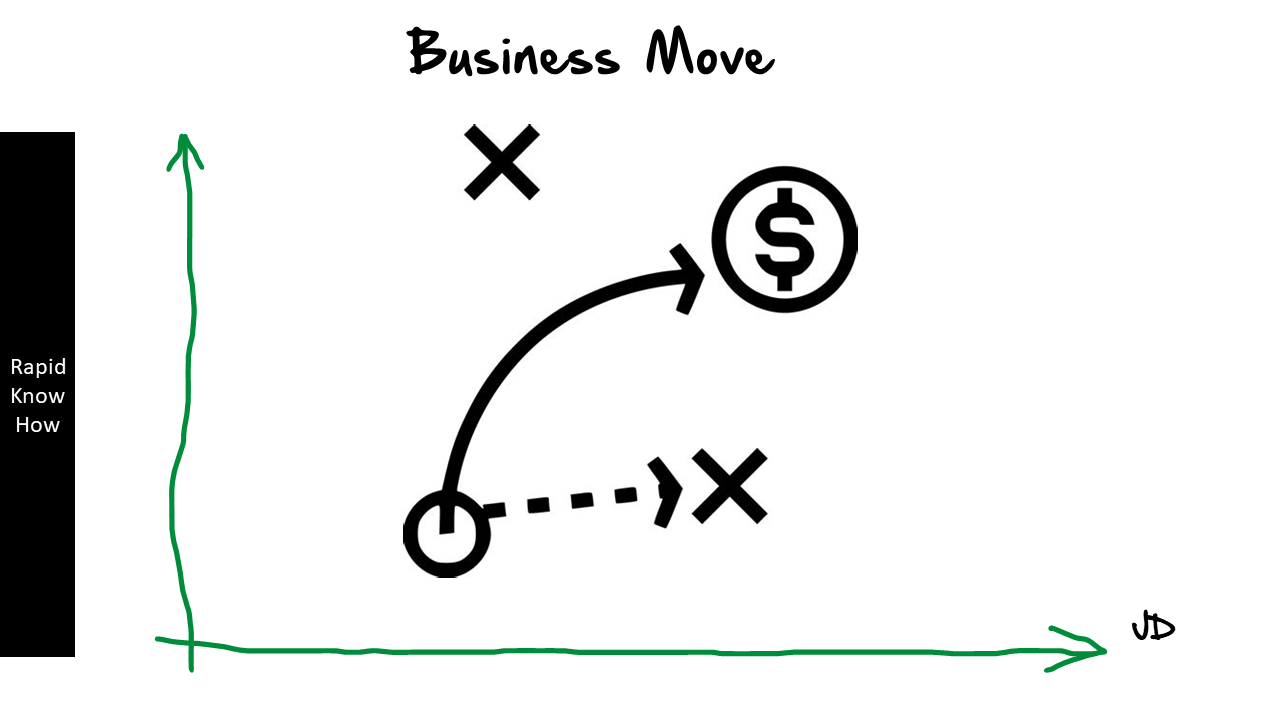Framing new product development is a multifaceted process that requires a strategic approach, meticulous planning, and a deep understanding of the market. It involves several key steps, including identifying market needs, aligning the product mix to customer segments, calculating potential market size, creating business cases, and testing the product with clients.
Firstly, let’s delve into finding out market needs. This is a crucial step in new product development as it helps to ensure that the product being developed will meet the needs and expectations of potential customers. This can be achieved through various methods such as conducting market research, surveys, focus groups, and one-on-one interviews. The goal here is to gain insights into what customers want or need but are not currently getting from existing products in the market. This information will guide the design and development of the new product.
Next is aligning the product mix to customer segments. This involves ensuring that the features and benefits of the new product align with the specific needs and preferences of different customer segments. For instance, if you’re developing a new software application for businesses, you might want to consider different versions or packages for small businesses versus large corporations based on their unique needs and budget constraints. This alignment ensures that your product appeals to its intended audience and increases its chances of success in the market.
Calculating potential market size is another critical step in framing new product development. This involves estimating the number of potential customers or sales for your new product within a specific market. It’s important to consider factors such as demographic data, industry trends, and competitive landscape when making these calculations. Understanding your potential market size can help you make informed decisions about pricing strategies, marketing efforts, and distribution channels.
Creating business cases is an essential part of framing new product development as well. A business case outlines the rationale for developing a new product including projected costs, expected revenues, and potential risks. It serves as a strategic tool for convincing stakeholders of the viability and profitability of the new product. A well-crafted business case can help secure the necessary resources and support for the product development process.
Lastly, getting started with testing the product with clients is a vital step in new product development. This involves getting feedback from potential customers about their experience using the product. This could be done through beta testing, where a select group of customers are given early access to the product, or through pilot programs where the product is launched in a limited area or to a specific customer segment. The feedback obtained from these tests can be invaluable in making necessary adjustments to the product before its full-scale launch.
In conclusion, framing new product development is a complex but rewarding process that requires careful planning and execution. By understanding market needs, aligning your product mix to customer segments, calculating potential market size, creating compelling business cases, and testing your product with clients, you can increase your chances of launching a successful new product.
